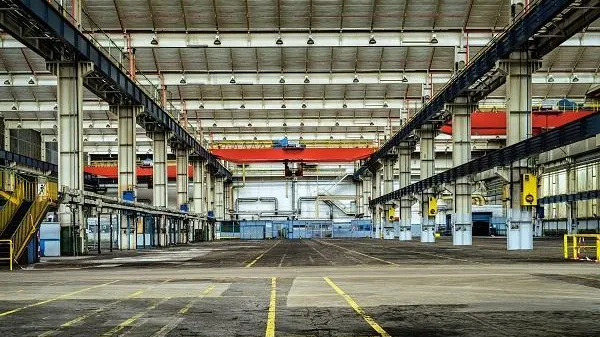
APAC prime warehouse rents to remain stable until end-2021
Rents are proving resilient, slipping only by a marginal 0.1% in the first half of the year.
A recent report by Knight Frank says demand in the region’s warehouse markets remained robust in the first half of 2021, driven by e-commerce tailwinds as consumers and businesses continued to pivot online.
According to Transport Intelligence, Asia Pacific’s e-commerce logistics market expanded by an estimated 22% to almost €153 billion (US$182 billion) last year, with growth bolstered by the coronavirus pandemic. “Defying the unfortunate resurgence of infection caseloads in the region, rents for prime warehouses across Asia-Pacific remained largely unchanged, falling by a marginal 0.1% year-on-year. On the back of resilient fundamentals, market conditions in the region's warehouse sector are expected to stay positive, fostering rental stability for the rest of the year,” Knight Franks says.
Here’s more from Knight Frank:
Australia’s prime warehouse markets on the Eastern Seaboard stood out in the region in the first half of the year, buoyed by healthy tenant demand. The Eastern Seaboard experienced its largest quarterly vacancy decline in a decade, led by above-average take-up levels in Sydney, Melbourne and Brisbane. The upswing in confidence by developers to build speculatively has been notable, with these project completions growing rapidly in Sydney and Brisbane. With the return of lockdown conditions to the Eastern Seaboard, an increase in distribution and storage demand is expected on the back of a further surge in e-commerce. This will intensify the pressure on available options in areas with historically low vacancy levels. We expect conditions in Australia to transition and favour landlords with rents likely to be on an upward trend.
Prime warehouse rents in Singapore fell 3.9% year-on-year as an elevated supply pipeline, estimated at about 6.2 million sq ft for delivery from now to 2022, weighed on the market. Still, conditions are assessed to be largely stable, underpinned by healthy tenant demand with occupancy remaining at close to 90% as of H1 2021, which has tightened year-on-year. Its resilience will continue to be supported by sustained space appetite from the e-commerce and manufacturing sectors, and most recently from the setting up of vaccine production facilities. The outlook for warehouse rents is likely to remain steady, with conditions expected to be conducive for a moderate 1-3% upside for rents island-wide in the next 6-12 months.
Rents in Hong Kong SAR also remained largely stable, registering a marginal rise. Similar to the rest of the region, e-commerce continued to be the main demand driver in the territory. Occupancies were sustained at 90%, with increased utilisation from the retail sector’s pivot to e-commerce channels. The fundamentals in the city’s warehouse market are expected to be unchanged with rents remaining stable for the rest of the year.
With virus variants intensifying the pandemic in certain parts of Asia Pacific, market conditions in some of the region’s warehouse markets were not without challenges. Jakarta and Kuala Lumpur managed to stave off the uncertainty, remaining largely stable-to-increasing, supported by favourable supply conditions. While rents are expected to remain stable for the rest of the year, the pandemic’s drag on the Indonesian economy could hold back consumption while occupiers in Malaysia’s capital are noted to be turning cautious on leasing commitments. Bangkok, however, is expected to remain resilient, due to a predominantly built-to-suit market and demand growth from the e-commerce and logistics sectors.
Rents for warehouses in Mumbai and Bengaluru have corrected while NCR has seen marginal YoY growth in H1 2021. While higher construction costs, due to the increasing prices of steel and other input materials, are expected to leave little room for asset owners to compromise on rent in the next 12 months, the improving but uncertain demand environment could still cause significant headwinds for rental growth. This stalemate could well break towards the end of the 12-month period as vaccinations gather pace and occupiers eventually submit to higher rents due to inflationary pressures.



















 Advertise
Advertise




